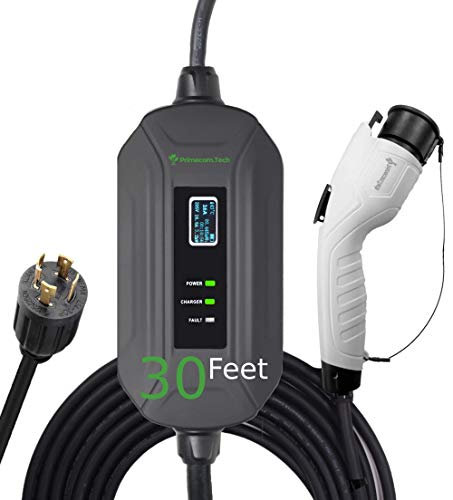pchilds said:
The only known way to test the capacity, of A RAV4 EV, is to do an extended charge and it sit for a couple hour after charging finishes to balance. Then drive it to turtle, divide the m/kWh be the miles driven, to get the capacity.
There are some problems with this approach: First off the m/kwh gauge only gives 2 significant digits, so you can get some pretty significant rounding error there. Also, the odometer of the car might not be that accurate - mine at least consistently underreports by a couple percent when compared to what google says the driving distance of my route should be (I can't say how accurate google is though.) Tire inflation and other factors could influence the odometer (and hence m/kwh) reading as well.
Another approach would be to ignore all the gauges in the car and attach a power meter so you can see how much power is pumped into the pack during a full extended charge after driving it all the way to turtle. But that method also has drawbacks: the charging efficiency isn't a known quantity (and likely variable with temperature / power supply / etc.), and how much of a reserve is kept in the pack after reaching turtle isn't precisely known either. Also driving all the way from a full extended charge to turtle isn't exactly convenient, and power consumption meters dedicated to EVSEs aren't widely used.
One method I've looked into is logging my rate of charge over time as calculated by
RavCharge. If you only look at all the charges from the same location (e.g. at home), then you would expect that if your battery has degraded then your apparent rate of charge should grow over time: If a 50%-100% (of normal) charge represents 17.5 kwh with a new battery, then it might represent only 17 kwh with a degraded battery, so the same charge should complete faster in the degraded case, while RavCharge calculates your rate based on the unchanging 50% and 100% SOC readings.
There are drawbacks to this, too, however, as the method still relies on the SOC readings from Entune, which could be error-prone, and also only come in whole numbers. However, as long as those errors are random and not systemic they should be averaged out with a decent enough sample size.


















